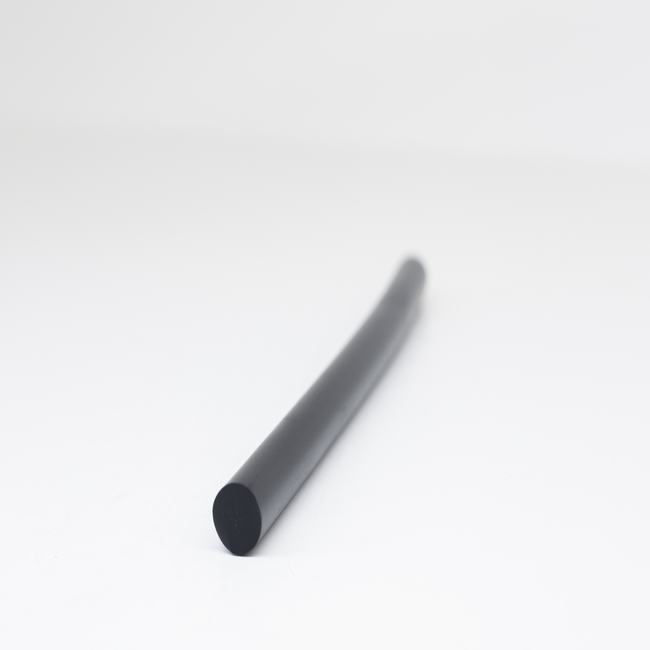Garage door seals, also known as garage door weatherstripping or garage door gaskets, are components used to seal the gaps around and under garage doors. These seals play a crucial role in preventing unwanted elements such as rain, snow, dust, insects, and drafts from entering the garage, helping to maintain a clean, dry, and comfortable interior space. Here is more information about garage door seals:
1. Types of Garage Door Seals:
There are several types of garage door seals designed to seal different areas around and under the garage door:
- Bottom Seals: These are installed along the bottom edge of the garage door to create a seal between the door and the garage floor. Bottom seals can be made of various materials, including rubber, vinyl, or brush-like bristles.
- Top Seals: Top seals are installed at the top of the garage door to seal the gap between the door and the door frame. They are usually made of flexible materials such as rubber or vinyl.
- Side Seals: Side seals are installed along the sides of the garage door to seal gaps between the door panels and the door frame. They help prevent drafts and pests from entering through the sides.
- Threshold Seals: Threshold seals are placed on the garage floor directly beneath the garage door. They create a barrier to prevent water from flowing into the garage during heavy rain or flooding.
2. Material Selection:
Garage door seals can be made from various materials, including:
- Rubber: Rubber seals provide excellent durability and weather resistance. They are commonly used for bottom seals and threshold seals.
- Vinyl: Vinyl seals are cost-effective and offer good resistance to moisture and temperature changes. They are often used for top seals and side seals.
- Brush or Bristle Seals: These seals use a brush-like arrangement of bristles made from materials like nylon or polypropylene. They provide a flexible barrier and are effective at sealing gaps while allowing the door to move smoothly.
3. Benefits:
- Weather Protection: Garage door seals protect the interior of the garage from rain, snow, wind, and dust, keeping it dry and clean.
- Energy Efficiency: By sealing gaps and preventing drafts, garage door seals can improve the energy efficiency of the garage and reduce heating or cooling costs.
- Pest Control: Seals help keep out insects, rodents, and other pests, preventing them from entering the garage.
- Noise Reduction: Properly installed seals can reduce noise from outside, creating a quieter garage space.
4. Installation and Maintenance:
Installation of garage door seals typically involves measuring, cutting, and attaching the seals to the appropriate areas around the door. Proper maintenance includes periodically checking the seals for wear and tear, making necessary adjustments, and replacing seals when they become damaged or lose their effectiveness.
5. Manufacturers and Standards:
Garage door seals are available from various manufacturers, and many adhere to industry standards to ensure the quality and performance of their products. Look for seals that meet relevant standards for durability and weather resistance.
In summary, garage door seals are essential components for maintaining a comfortable and protected garage environment. Properly installed and well-maintained seals help keep out weather, pests, and noise, while also contributing to energy efficiency. Different types of seals can be chosen based on the specific sealing needs of the garage door.









